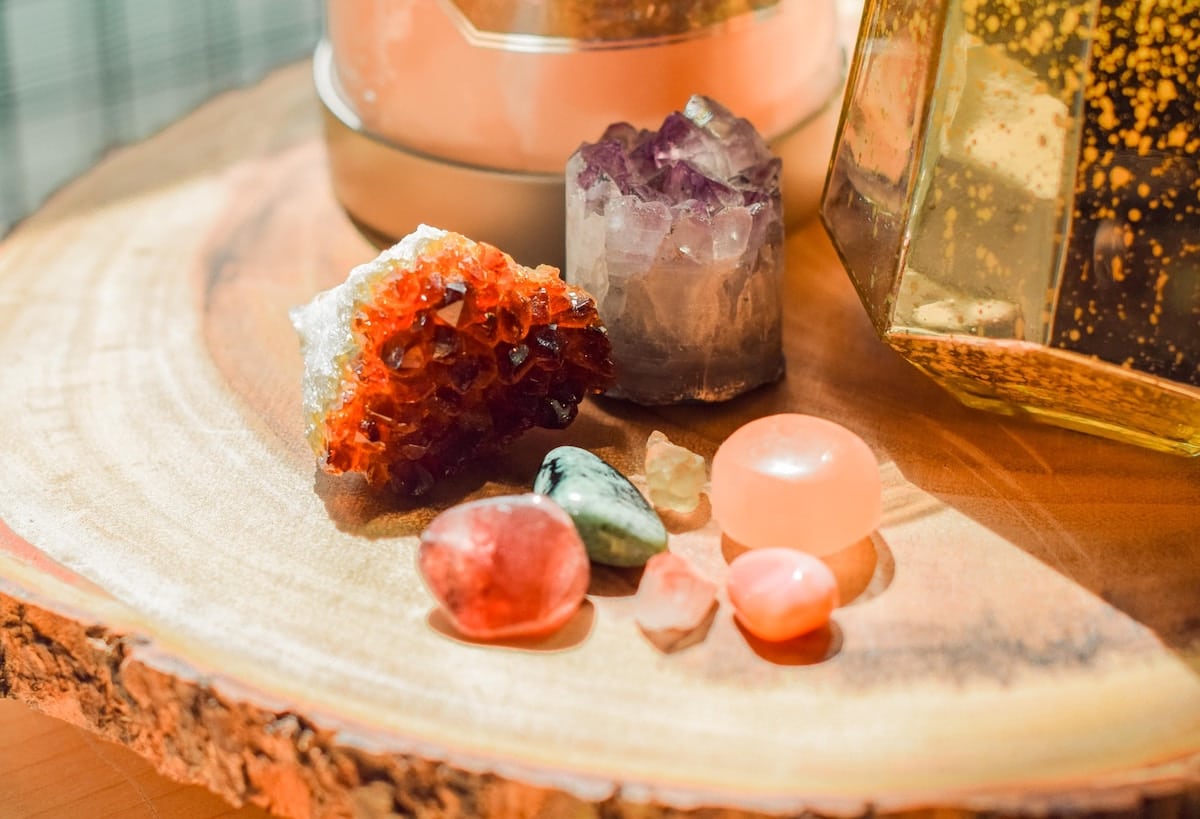Common Myths About Crystals – UrbanMatter

Crystals have captivated humans for centuries, both for their mesmerising beauty and purported metaphysical properties. However, amidst the popularity of crystals, various myths and misconceptions have emerged.
Certain myths are more renowned than the actual facts about gems. In this article, we will shed light on some common myths surrounding crystals and separate fact from fiction. By dispelling these misconceptions, we aim to provide a more accurate understanding of crystals and their true potential.
Myth 1: Crystals Possess Supernatural Powers
One of the most prevalent myths surrounding crystals is their supposed possession of supernatural powers. While crystals are undeniably beautiful, they do not possess any inherent mystical or supernatural abilities.
Crystals are formed through natural processes, such as the cooling and solidification of minerals, and their intricate molecular structures contribute to their unique physical properties. However, these properties are grounded in science and do not extend to supernatural or magical powers.
To top it off, evidence of supernatural powers is few and far between. It’s unlikely that crystals are the first mystical items on the planet.
Myth 2: All Crystals Have the Same Properties
Another common misconception is the belief that all crystals have identical properties. It’s a real wonder anyone ever believes this myth. A quick look at a Diamond, Emerald, and Burgundy crystal stone reveals distinct differences between them.
In reality, crystals come in various forms, compositions, and structures, which directly impact their physical and chemical characteristics. Each crystal type possesses its own set of properties, such as colour, hardness, and energy conductivity.
For instance, quartz crystals are known for their ability to vibrate at a consistent frequency, which is why they are widely used in electronic devices. Therefore, it is important to understand that different crystals offer distinct benefits and applications.
Myth 3: Crystals Can Heal All Ailments
One of the most widespread myths surrounding crystals is their alleged ability to heal all kinds of physical and emotional ailments. This myth is related to that about supernatural powers. While crystals may contribute to a sense of well-being and promote relaxation, they are not a substitute for professional medical or psychological treatment.
Some enthusiasts believe that crystals emit vibrations that can align with and balance the body’s energy centres, known as chakras. However, the scientific evidence supporting these claims is scarce and inconclusive. It is crucial to approach crystal use as a complementary practice rather than a standalone cure for health issues.
Myth 4: Crystals Need to Be Cleansed and Charged Regularly
There is a prevalent belief that crystals must be cleansed and charged regularly to maintain their effectiveness. Why would anyone ever want to charge a crystal? It is often suggested that crystals can absorb negative energy from their surroundings and therefore need to be cleansed in salt water, moonlight, or other rituals. While cleansing and charging rituals can have symbolic and personal significance, they are not mandatory for the physical properties of the crystal itself.
Simply put, cleansing won’t make your crystal tougher or restore its power. Crystals are naturally occurring, and they do not “run out” of energy or lose their inherent properties over time. However, personal cleansing rituals can help individuals establish a mindful connection with their crystals and reinforce their intentions. But don’t expect anything extraordinary.
Myth 5: Anyone Can Feel the Energy of Crystals
Some individuals claim to feel the energy or vibrations of crystals, while others may not perceive any tangible effects. The ability to sense crystal energy varies among individuals, and not everyone may experience it similarly.
Factors such as personal sensitivity, belief systems, and expectations can influence one’s perception of crystal energy. That’s why it’s difficult to dispel anyone’s perception. It is important to approach crystal use with an open mind and embrace personal experiences without imposing them on others.
Instead of solely relying on subjective experiences, exploring the scientific properties and historical significance of crystals can enhance the overall understanding and appreciation of their beauty and potential benefits.
Conclusion
Crystals continue to captivate individuals worldwide, but it is essential to dispel the common myths surrounding their properties and abilities. While crystals possess unique physical properties, they do not possess supernatural powers, nor can they replace professional medical or psychological care.
Understanding that different crystals offer distinct benefits, exploring their scientific properties, and maintaining a critical mindset will allow individuals to approach crystals with a more informed perspective. By debunking these myths, we can embrace the beauty and potential of crystals without succumbing to misconceptions.
